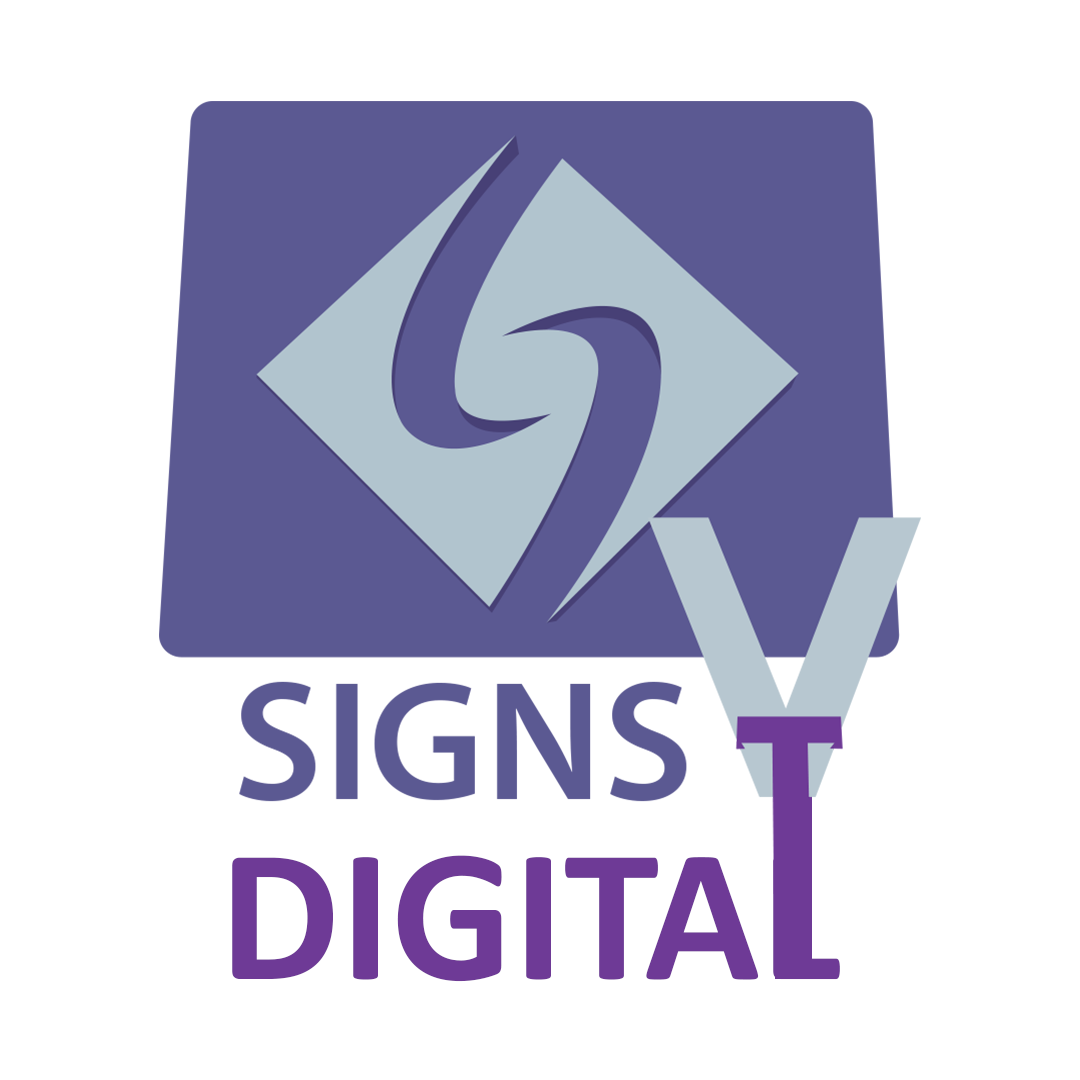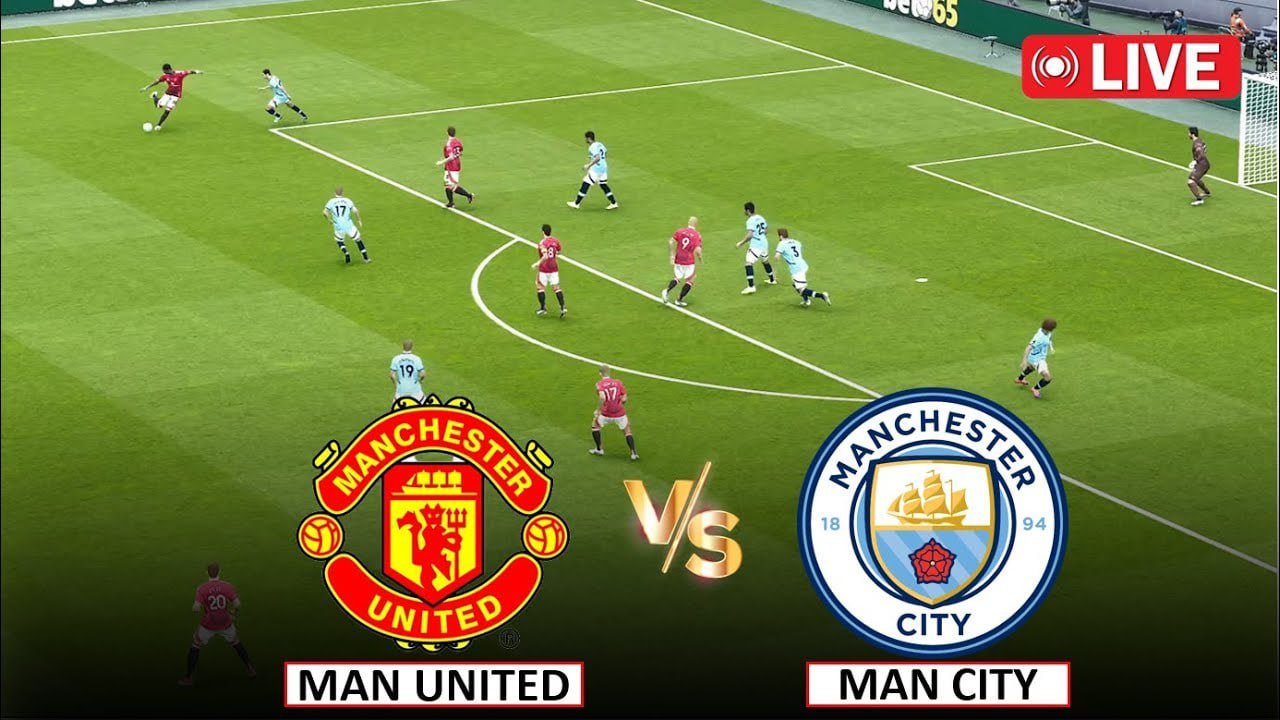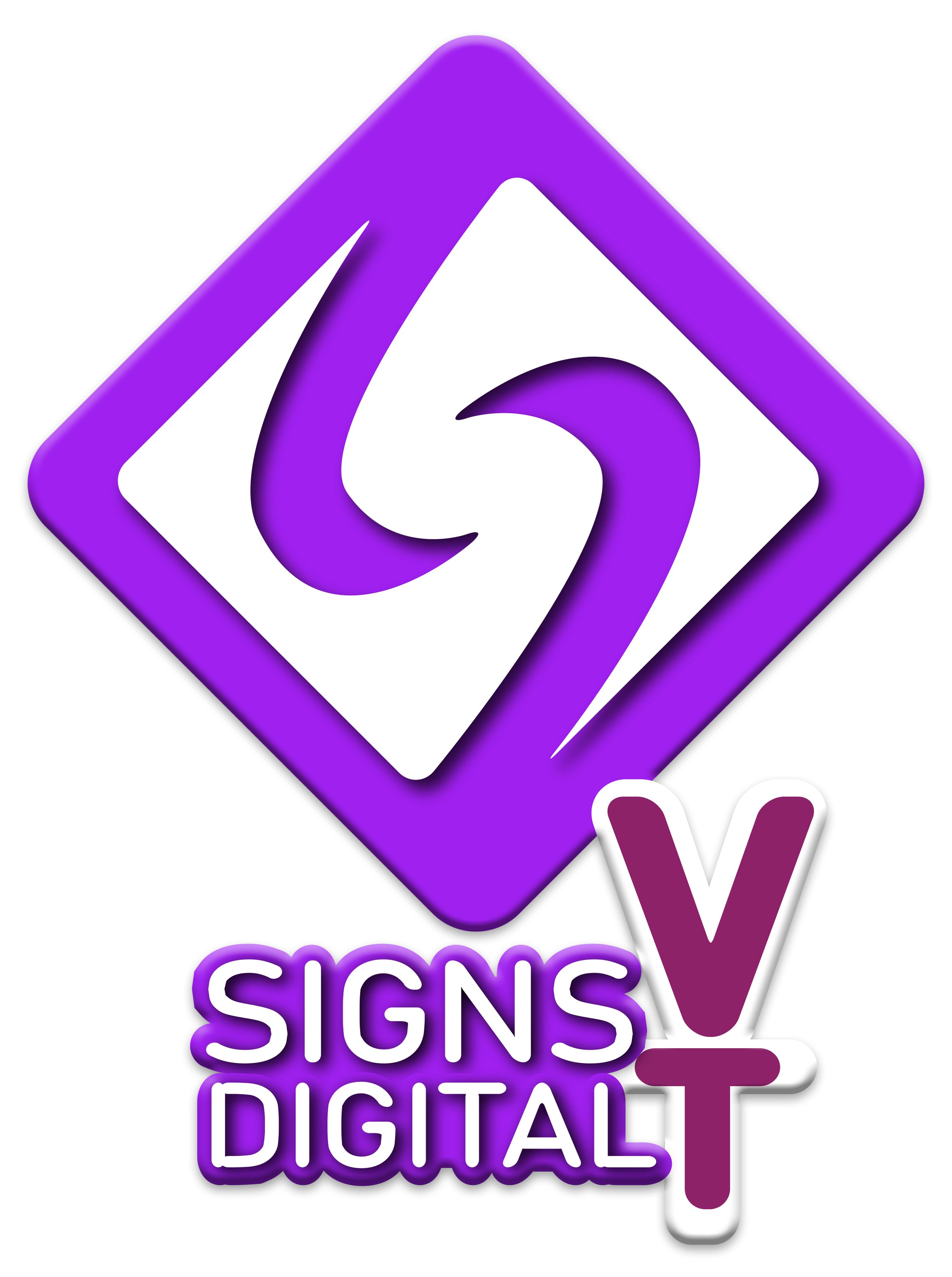Runways with No Limits”: How Models with Disabilities Are Redefining Beauty

By Priscah Elsie
Fashion runways are often places of perfection: flawless skin, symmetrical features, and “ideal” body types. But a new generation of models is shattering that mold and doing it with wheelchairs, prosthetic limbs, white canes, and crutches.
Across Kenya and beyond, persons with disabilities are stepping onto catwalks and into campaigns, refusing to let society’s narrow standards define what beauty should look like.
When Brian Otieno, a 29-year-old model with albinism, first posed for a fashion campaign, the brand told him they were looking for something “different.”
“At first, I didn’t know if that was a compliment or a warning,” he laughs. “But I knew one thing: people like me deserve to be seen.”
Today, Brian has worked with three local designers and even walked at Nairobi Fashion Week. His presence on the runway sends a message louder than words: disability is not a flaw; it’s a feature.
While the fashion industry is notoriously slow to embrace inclusion, a growing number of modeling agencies and fashion houses are intentionally casting persons with disabilities.
Events like “Beyond Beauty,” a modeling contest in Nairobi exclusively for people with disabilities, have created powerful platforms for representation.
“When I saw models with wheelchairs and scars own the stage, I saw myself,” says Cynthia, a young girl with cerebral palsy. “It changed how I saw my own beauty.”
In many African cultures, disability has long been associated with shame or invisibility. Families hide children with disabilities from the public eye. Society reduces them to charity cases.
But models with disabilities are flipping the script.
Anita, a double amputee and TikTok fashion creator, now partners with makeup brands and local tailors for styling shoots. “I don’t want sympathy,” she says. “I want to be celebrated in bold lipstick, in Ankara dresses, and in front of the camera.”
Her message is clear: you can slay and still sit in a wheelchair.
Including models with disabilities in fashion is not just about visual diversity; it’s about normalizing real human experiences.
“Representation is powerful,” says Lydia Mutua, an inclusive fashion designer. “When young girls see someone like them in magazines or on TV, it tells them: you matter. You’re beautiful. You’re not alone.”
But Lydia is quick to note that inclusion must go beyond tokenism. “Don’t just put us on posters. Design clothes that actually fit wheelchairs. Create ramps at fashion shows. Hire makeup artists who know how to work with different skin needs.”
As global conversations around inclusivity grow louder, Kenya’s fashion and beauty industry is slowly catching up. Some universities now host inclusive fashion events. Digital platforms like Instagram and TikTok are also amplifying disabled creators, giving them space to shine without gatekeepers.
And most importantly, the models themselves, like Brian, Anita, and dozens of others, are refusing to shrink themselves to fit into outdated ideals.
True beauty doesn’t fit into a box, and neither should modeling. People with disabilities have every right to walk the runway, grace magazine covers, and dominate billboards. Not as charity cases. Not as exceptions. But as equals.
Because beauty, in all its forms, should be visible.
And visibility? That’s powerful.
Tags: Editor's Pick NCPWD SignsTV
Related
Share this article
Experienced and versatile writer, dedicated to using my exceptional writing and editing skills to inform and advocate. My work focuses on educating and entertaining readers on a range of topics, with a particular expertise in matters of disability.
View articles

